We are selling items! Kindly VISIT our STORE page and GET YOURS Now!
Medical Library
Abduction – moving a limb away from the body’s midline
Adduction – bringing back a limb back to the body’s midline
Arthroscopic surgery – a less-invasive method to identify and mend joint injuries
Base of Support – the weight-bearing part of the body
Bursitis – swelling of the fluid filled sacs that pads zones of pressure between joints, muscles, and tendons.
Calcaneal Valgum – flattening the arch of the foot by angling the heel outward
Calcaneal Varum – increasing or heightening the arch of the foot by angling the heel inward
Centralization – determines the proper exercise for your back pain or neck pain
Clubfoot – describes a congenital deformity of the legs and feet
Coccydynia – a condition where a person has a tail bone
Cold packs – frozen gel substance used to treat pain and inflammation
Electrical Stimulation – procedure used to strengthen muscles and stimulate healing
External rotation – outward rotation of the limb from the body
Flexion – winding or forward movement of the spine or limbs
Foot drop – a condition where the ankle cannot lift the foot
Geriatrics – the study of medicine regarding disease progressions of aging
Goniometer – a tool used in physical therapy to regulate range of motion
Hamstrings – group of muscles on the back of the thigh that can flex the knee and straighten the hip
Hemarthrosis – bleeding in a joint
Hot packs – tool used to reduce pain due to muscle spasms and strains
Hyperextension – extreme movement in the extension
Hypermobility – movement beyond regular range of motion
Hypotonic- similar to limp
Instability – deficiency in the firmness of weight-bearing
Internal rotation – inward rotation of the limb towards the body
Iontophoresis – distribution of medication through the skin with the use of electrical current
Kinesthesia – conscious perception of the movement of the body
Kyphosis – also known as “hunchback”
Lumbar – referring to the low back
Midline – the hypothetical lines that divide the body into two equal halves; vertically or horizontally
Paresis – refers to partial paralysis
Paresthesia – an unusual sensation of the skin
Pes Planus – refers to flat feet
Proprioception – capability to identify the placement of one’s arm or leg in the air
Proximal – closest to the center of the body
Range of Motion- range of motion available at any joint
Recurvatum – backward bending of the knees
Reflex – involuntary response to a stimulus
Sciatica – a condition where pain is radiating down the leg because of a compressed sciatic nerve Spasticity – contracted muscles that results to stiff and awkward movements
Supine – lying on the back
Symmetrical – symmetry of the body wherein the right and left halves are mirror images of each other
Tactile Defensiveness – negative reaction or increased sensitivity to touch
Trigger point – a taught band of muscle that can deliver pain to numerous parts of the body
Unilateral – occurring on only one side of the body
Weight shift – movement of body weight from one side to another

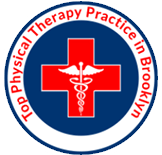

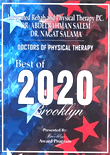










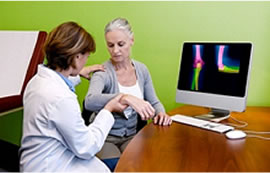
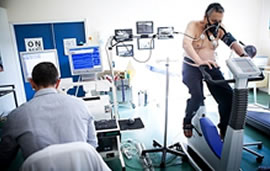
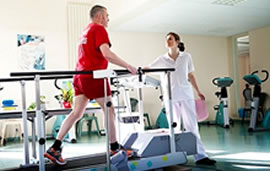
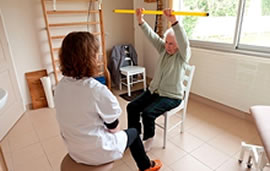

 Youtube
Youtube Facebook
Facebook Twitter
Twitter.fw.png)